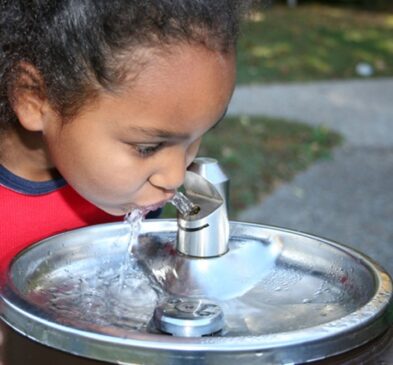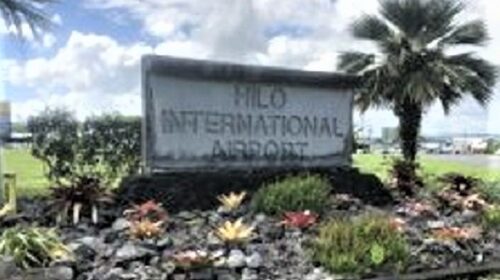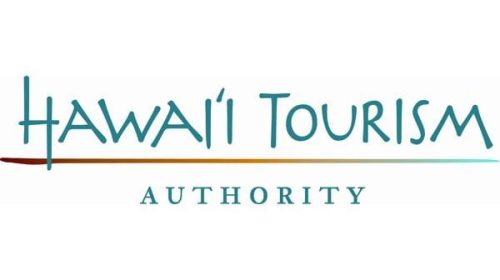Public schools drinking water to be tested for lead
To ensure the water at Hawai‘i public schools and child care facilities is safe to drink, the Hawai‘i State Department of Education (HIDOE), Department of Health (DOH), and Department of Human Services (DHS) will launch a joint project to test public schools drinking water that comes from the tap at selected schools and child care facilities for the presence of lead. The project begins in February 2021 and will continue through the end of the year.
The project is part of a nationwide program established under the Water Infrastructure Improvements for the Nation (WIIN) Act of 2017 to test drinking water for lead in schools and child care centers. The Hawai‘i project is being paid for by a $222,000 grant from the U.S. Environmental Protection Agency. The State of Hawai‘i’s contribution to the project is an additional $696,000 from the technical assistance set-aside portion of the Drinking Water State Revolving Fund.
“Hawai‘i has been fortunate in that we have not experienced the same types of challenges with lead contamination as we have seen in the continental United States, so it’s important to note this project is a precautionary measure,” said State Toxicologist Dr. Diana Felton. “Historically, public water systems in Hawai‘i have not had lead contamination. However, it is possible for lead to contaminate drinking water through fixtures and piping within a school or child care facility, particularly in older buildings, so we want to make sure keiki are safe.”
Lead exposure can harm the brain and nervous system. Long-term childhood lead exposure can result in problems with learning, school performance, attention, and behavior as well as anemia and other health problems.
“Our investigations will determine if we need to take any immediate action,” Dr. Felton added, noting that the samples will be tested by the health department’s State Laboratories Division.
“If any of the samples result in the presence of lead above action levels, the water at those schools will be shut off within 24 hours or the next school day and will no longer be available for use. Follow-up testing will be conducted, and plans will be developed to address the cause of the lead contamination.”
The results of a school or child care facility’s water sampling will be sent to each facility or school to post in their administrative office. The results will also be posted on the WIIN project website at http://health.hawaii.gov/wiin.
Schools and child care facilities were selected for the tests based on the age of the buildings, the children who are served at the schools, whether they have had their drinking water tested in the past, and other factors. For a list of schools and child care facilities to be tested, visit http://health.hawaii.gov/wiin.




